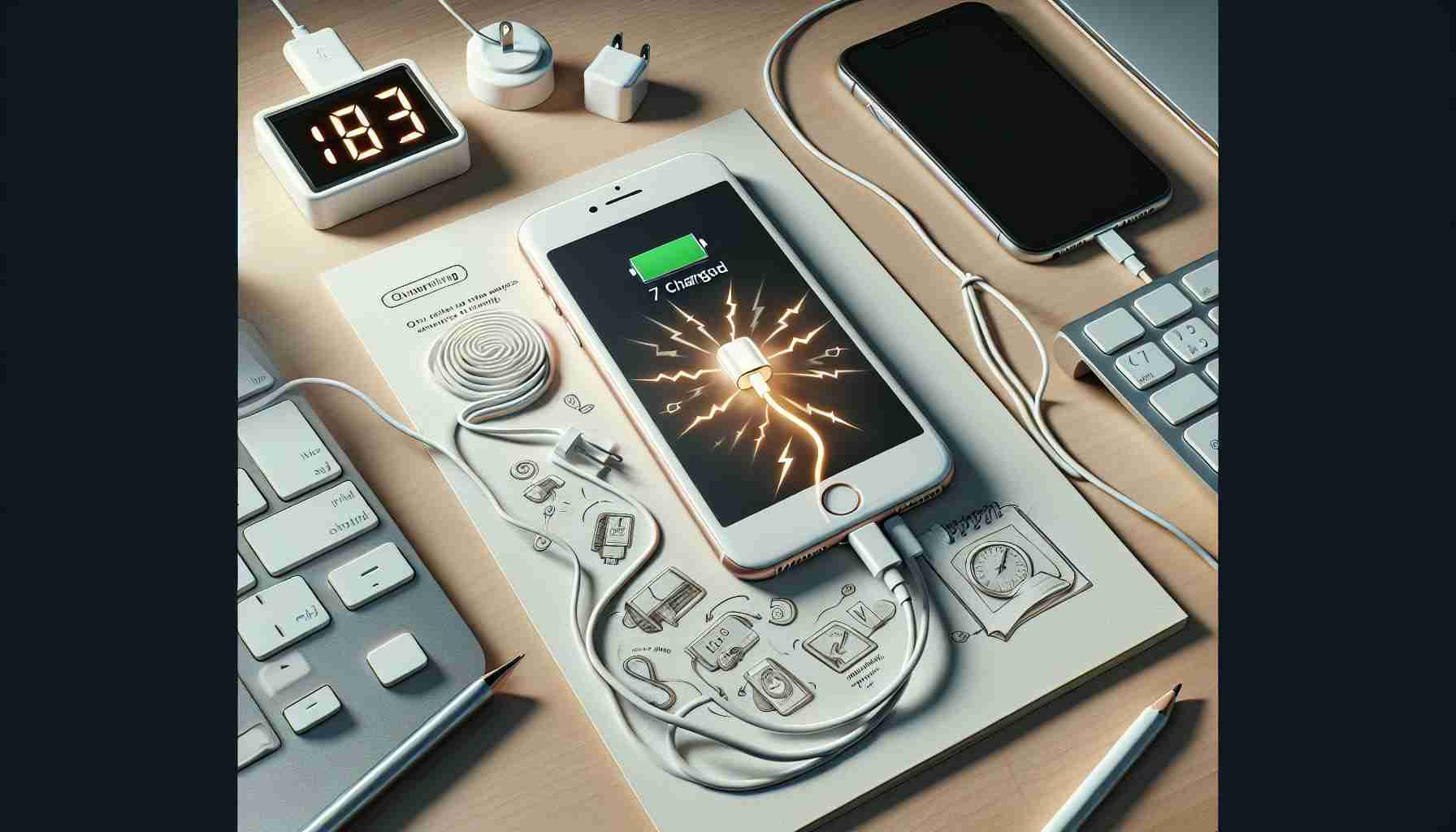Apple Advises Against Overnight Charging Beneath Bedding
It’s customary for many people to plug in their iPhones as they prepare for bed, expecting a full charge by morning. However, Apple has cautioned against leaving iPhones charging overnight in environments lacking adequate ventilation, such as under pillows or blankets. This practice could pose a risk as it prevents proper heat dissipation.
Authentic Accessories Are Worth the Investment
The loss or damage of charging cables and adapters is familiar, but resorting to cheaper, unofficial alternatives can be a risky move. This advice comes directly from Apple’s support page, stressing the importance of using only “Made for iPhone” (MFi) certified accessories or those compliant with safety standards. Using non-certified charging equipment can lead to hazardous situations, including fire, electric shock, or injury.
Marks of a Compromised Power Adapter or Cable
Certain indications serve as red flags that your iPhone’s charging brick or cable may need replacing. Apple urges users to be vigilant about damaged plugs, frayed cables, exposure to moisture, or physical damage from drops. At first glance, these warnings might seem like an upselling tactic, but they are grounded in safety considerations that extend beyond Apple products to all smartphones. Ignoring these signs and choosing uncertified or inexpensive charging solutions could result in harm that far outweighs the savings.
Optimal Charging Practices
To maintain your iPhone’s battery health and life as long as possible, it’s recommended by numerous technology experts to avoid letting the battery fully discharge to 0% before recharging it. Frequent top-ups, rather than draining the battery completely, tend to help in extending the overall battery lifespan. Additionally, iOS includes features such as optimized battery charging which learn from your daily charging routines to improve the lifespan of your battery.
Charging and Battery Health
Apple has also discussed the importance of battery health, suggesting that keeping an iPhone battery between 20% and 80% can positively impact its health and longevity. While it is safe to charge your iPhone battery to 100%, doing so may not always be in the best interest of maintaining the battery’s capacity over time. It should be noted that lithium-ion batteries have a finite number of charge cycles after which their capacity to hold a charge diminishes.
Wireless Charging Considerations
When opting for wireless charging, it’s important to use a Qi-certified charger. Wireless charging generates additional heat compared to wired charging, which may impact iPhone battery health over time. Apple has endeavored to address this with its own wireless chargers which manage heat production during the process. Even so, users should be wary of cheap non-certified wireless chargers as they could pose safety risks and potentially damage the iPhone’s battery.
Key Questions and Answers:
– Why has Apple advised against overnight charging under bedding? Overheating can occur due to poor ventilation when an iPhone is charged under bedding or pillows, increasing the risk of damage to the device and potential fire hazards.
– What is the significance of using MFi certified accessories? MFi certified accessories are designed to meet Apple’s safety and performance standards, reducing the risk of damaging the device or experiencing safety hazards like electrical shocks or fires.
– How should a compromised power adapter or cable be handled? If you notice damage to your charging accessories, it is essential to replace them immediately with authentic or certified accessories to ensure safety and optimum charging performance.
Advantages and Disadvantages:
Advantages of following Apple’s advice for charging habits include enhanced safety, prolonged battery life, and avoidance of potential damage to the iPhone. Disadvantages could include the inconvenience of not being able to charge overnight and the added cost of purchasing genuine or MFi certified accessories.
Challenges and Controversies:
One challenge is convincing users to invest in authentic and potentially more expensive charging accessories. Users might also struggle to adjust their charging habits or find the recommendations inconvenient. Controversy arises when third-party manufacturers claim their non-MFi-certified accessories are safe and equivalent in quality, despite Apple’s cautions.
For the latest guidance on iPhone use and care including charging advice, visit Apple’s official website. Remember, it is important to ensure you are always following the manufacturer’s instructions and guidelines to safely use and maintain your device.
